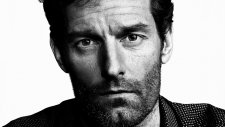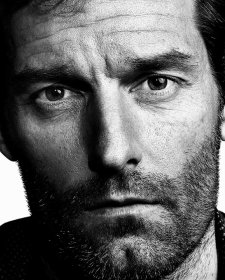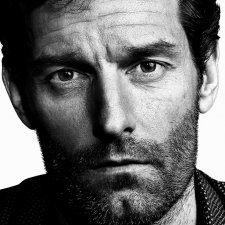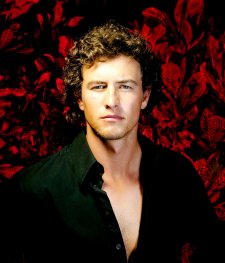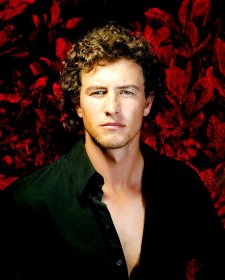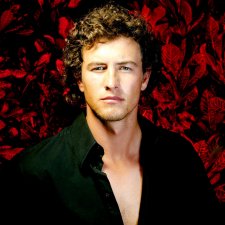Yeah, I was always into sports but then racing came. My dad had a petrol station and a motorbike shop together over the river there in Queanbeyan and I think, you know, petrol and engines is never too far away from me, I love the smell of the bikes and I love, sort of I suppose, the wind in my hair, of course I had a helmet on but I love that, sort of I suppose, adrenaline component of it and used to commentate to myself in races, that I’m in this race, of course I was on my own in a paddock, but I used to win all these races on my own and, I suppose, I had that dream and desire to, I suppose, compete and then I went into go-karts. And I think that Dad knew it was a great healthy distraction for me at that age ‘cos I was obviously, you know, had the chance to be, a little wild here and there when I was, I suppose, younger and he knew, I suppose, a bit of discipline putting into me, there was consequences, I could make mistakes and there was things you get pretty quick feedback if you got things wrong, so it was good for me to have that exposure at a relatively early age into that sort of racing scene.
The ratio between mentally and physically driving a Formula One car – clearly the mindset is a huge, a huge, huge factor, it’s got to be 70 per cent, 80 per cent of you getting in the car and having that focus and the level of concentration, of course, that I need to hold this beast of a car in a very narrow window of performance for over two hours, requires an immense amount of concentration. And then the physical component is, of course, there as well; the G-forces are very high, the heart rate is high, the adrenaline is very high, there’s a cocktail of emotions going on, which is extremely dramatic and that’s why, you know, 99.9 per cent of people need not apply, really, because it’s a very specific job to try and do, particularly when you get right to that last part of, you know, challenging and winning races at that last part.
[The] first car I ever owned was a 1969 Toyota Corona, two speed automatic. I’m shattered I still don’t have it. I would love to have that car. It was snot green. Love that car.
